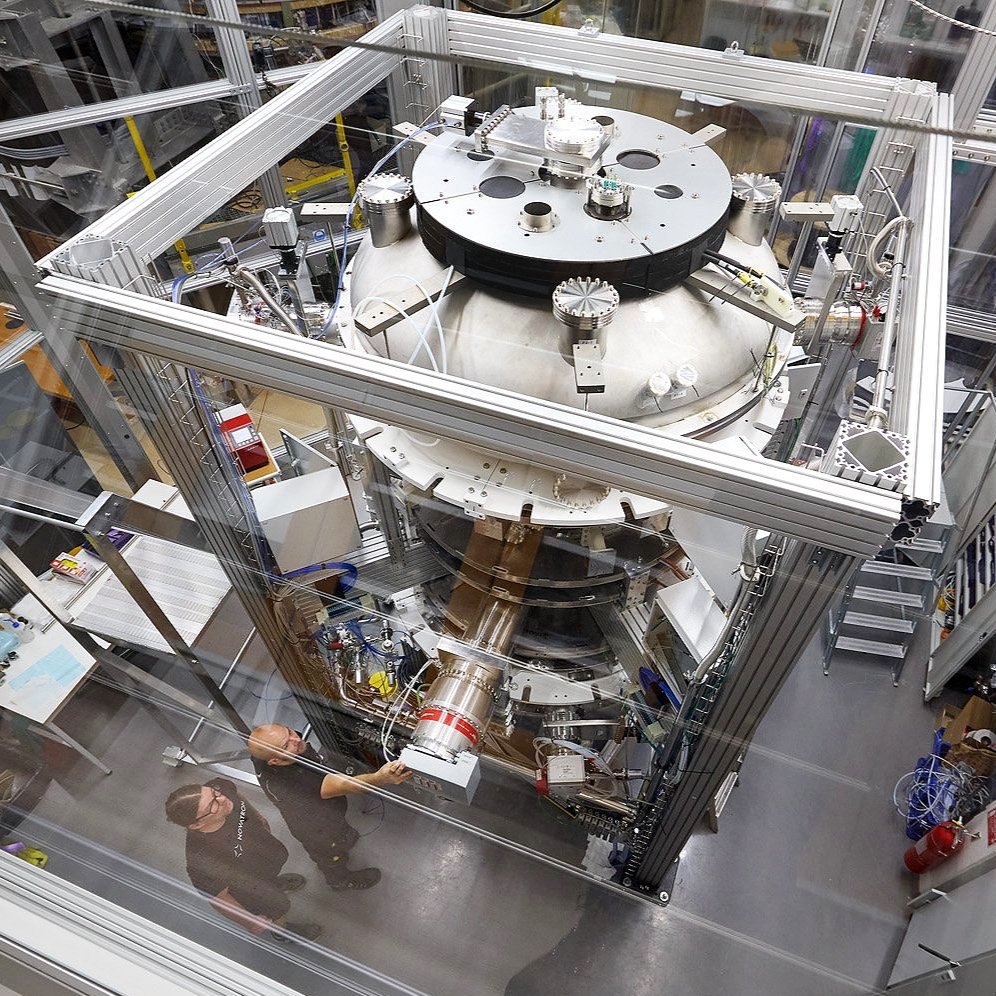Novatron Fusion Group Advances Fusion Diagnostics with UKAEA in TauEB Project
Novatron Fusion Group (NFG) is advancing its fusion energy research through the development and implementation of advanced diagnostic systems as part of the TauEB project, in collaboration with the UK Atomic Energy Authority (UKAEA).
The TauEB project represents a significant collaboration between Swedish and UK fusion researchers, combining NFG’s novel reactor design with UKAEA’s diagnostic expertise in an effort to move closer to practical, commercial fusion energy. More information here.
The diagnostic systems, installed at NFG’s facility in Sweden, will play a key role in measuring plasma confinement time—a critical performance metric in fusion experiments. The data collected will help verify whether the Novatron machine operates according to expected parameters and guide any necessary design or operational changes.
“The results obtained from the diagnostic systems fitted to the fusion machine enable confirmation of performance,” said James Wilson, Senior Programme Manager at UKAEA. “Where differences occur, the diagnostics help inform required modifications.”
While the diagnostic techniques being used are well-established within the fusion field, Novatron’s fusion machine introduces a unique magnetic field configuration and operates in a plasma environment that differs from more conventional systems.
“We will be using proven diagnostic techniques, but in a different operational environment,” Wilson added. “It will be interesting to see how they perform and to analyze the results.”
UKAEA brings extensive experience to the project, having been active in plasma diagnostics and fusion energy research since the 1950s. The authority has developed and operated more than ten fusion experiments and in 2023 set a power-generation record with the Joint European Torus (JET) facility in Culham, UK.
According to Ivor Coffey, Diagnostic Project Engineer at UKAEA, the Novatron machine’s plasma characteristics stand out. “It has a complex plasma configuration, with temperature and density ranges different from what we typically measure. The primary distinction is the novel magnetic field design,” Coffey said.
Novatron Fusion Group’s approach to plasma confinement aims to simplify reactor design while improving stability and performance. The integration of advanced diagnostics is seen as a key step toward demonstrating the viability of the company’s fusion concept.

